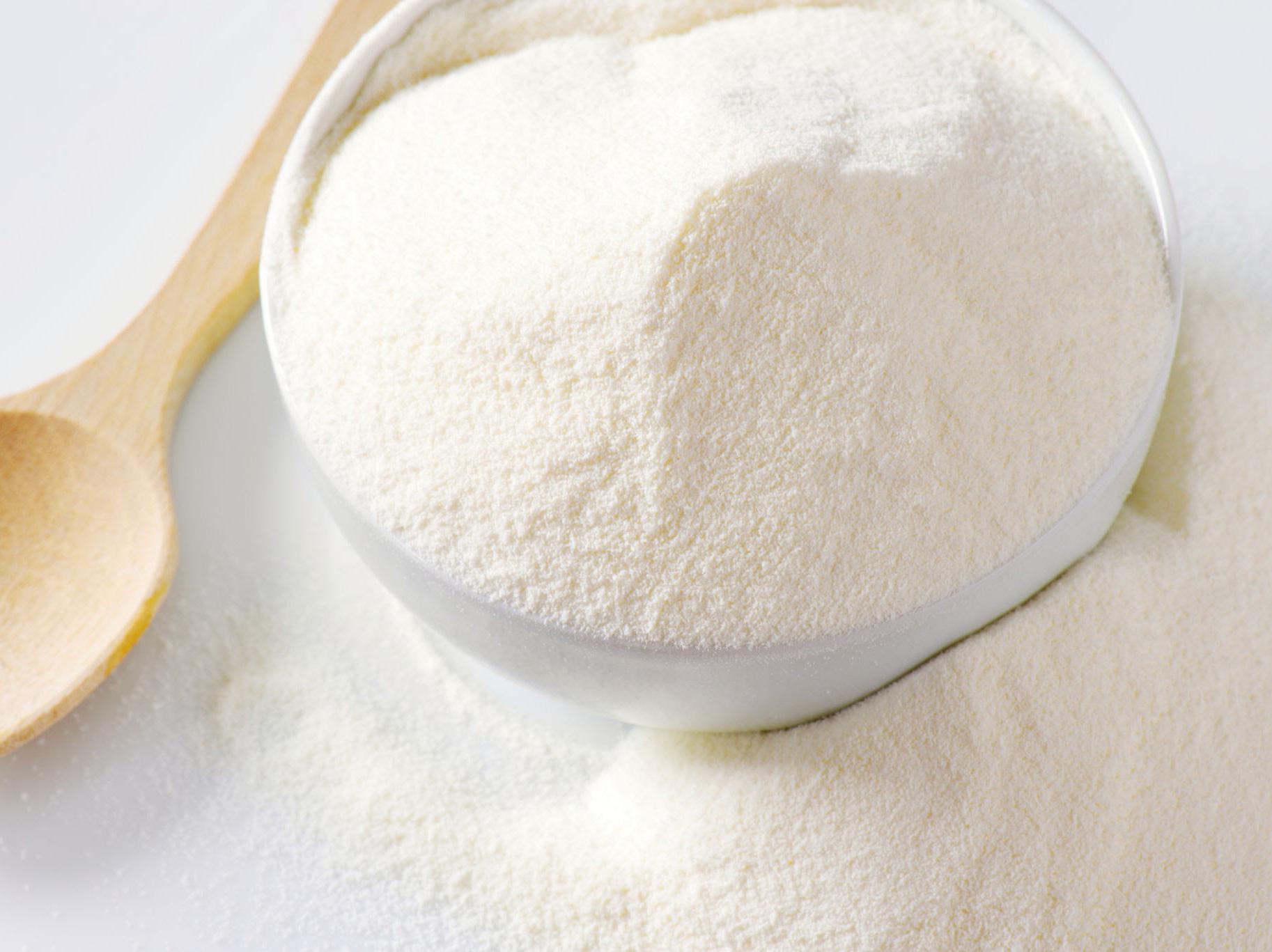

Articles
How To Store Dry Milk
Modified: December 7, 2023
Learn the best methods for storing dry milk and keeping it fresh for extended periods in this informative article.
(Many of the links in this article redirect to a specific reviewed product. Your purchase of these products through affiliate links helps to generate commission for Storables.com, at no extra cost. Learn more)
Introduction
Storing dry milk properly is essential to maintain its quality and extend its shelf life. Whether you want to stock up on dry milk for emergency situations or simply want to have it on hand as a convenient pantry staple, understanding the best storage practices is crucial.
Dry milk, also known as powdered milk or milk powder, is made by evaporating the moisture from fresh milk. This process preserves the nutrients and extends the shelf life of the milk, making it a valuable and versatile ingredient to have in your kitchen.
In this article, we will explore the benefits of storing dry milk, as well as provide tips on choosing the right storage container, maintaining proper storage conditions, and checking for spoilage. We will also delve into creative ways to make the most out of your dry milk supply. Let’s dive in!
Key Takeaways:
- Properly storing dry milk ensures long shelf life, convenience, and nutritional value. Choose the right container, maintain ideal conditions, and get creative with its versatile uses for a valuable pantry staple.
- Regularly check for spoilage and extend shelf life with proper storage practices. Utilize dry milk in baking, beverages, cooking, and homemade treats for added convenience and versatility.
Read more: How To Store Dry Milk Long Term
Benefits of Storing Dry Milk
Storing dry milk offers numerous advantages, making it a valuable addition to your pantry. Here are some benefits of keeping a supply of dry milk on hand:
- Long Shelf Life: One of the primary benefits of dry milk is its extended shelf life. While fresh milk may spoil within a week, properly stored dry milk can last for months or even years. This makes it an ideal option for emergency preparedness or situations where access to fresh milk is limited.
- Convenience: Dry milk is extremely convenient to use, especially when you need milk in small quantities. You can simply rehydrate the desired amount of dry milk powder with water whenever you need it, eliminating the need to constantly purchase fresh milk. Additionally, you won’t have to worry about it spoiling before you can finish it.
- Space-Saving: Dry milk takes up significantly less space than its liquid counterpart. By storing dry milk, you can free up valuable space in your refrigerator or pantry for other essential items.
- Versatility: Dry milk can be used in a wide range of recipes and food preparations. It can be added to baked goods, sauces, soups, smoothies, and even coffee or tea. Having dry milk readily available allows you to enjoy your favorite milk-based recipes without the need for fresh milk.
- Nutritional Value: Dry milk retains most of the nutritional benefits found in fresh milk. It is a good source of protein, vitamins, and minerals, including calcium and vitamin D. By storing dry milk, you can ensure that you have access to these essential nutrients even when fresh milk is not readily available.
These benefits make storing dry milk a practical choice for various situations. Whether you want to be prepared for emergencies, save space, or enjoy the convenience of always having milk on hand, dry milk is a versatile and valuable pantry staple.
Choosing the Right Storage Container
When it comes to storing dry milk, selecting the right storage container is crucial to maintain its freshness and quality. Here are some factors to consider when choosing a storage container:
- Airtight: It is essential to choose a container that is airtight to prevent moisture and oxygen from entering. Exposure to air can cause the dry milk to absorb moisture, leading to clumping and spoilage. Look for containers with secure lids or seals to ensure a tight closure.
- Opaque: Opt for an opaque or dark-colored container to protect the dry milk from light exposure. Light can cause the milk’s color, flavor, and nutritional content to degrade over time. Keeping it in a dark container will help preserve its quality for longer.
- Food-Grade: Ensure that the storage container is food-grade and made from BPA-free materials. This is particularly important if you plan to store the dry milk for an extended period. Food-grade containers are designed to be safe for storing edible items and will not leach harmful chemicals into the milk.
- Size: Consider the quantity of dry milk you intend to store when choosing the container size. It is best to choose a container that can accommodate the amount of dry milk you typically use, as well as leaving some headspace to prevent clumping and allow for easy stirring.
- Stackable: If you have limited storage space, opt for containers that are stackable. This will help maximize space efficiency and allow you to organize your pantry or storage area more effectively.
While you can use any airtight container to store dry milk, there are specialized containers available that are designed specifically for storing powdered ingredients. These containers often come with built-in moisture absorbers or vacuum-sealed lids to provide optimal freshness.
Remember to clean and sanitize your storage container thoroughly before transferring the dry milk to ensure its cleanliness and prevent any contamination. By choosing the right storage container, you can help maintain the quality and extend the shelf life of your dry milk supply.
Proper Storage Conditions
Proper storage conditions play a vital role in preserving the quality and shelf life of dry milk. Here are some key factors to consider when storing dry milk:
- Cool Temperature: Dry milk should be stored in a cool area with temperatures between 50°F and 70°F (10°C and 21°C). Avoid storing it near a heat source or in direct sunlight, as high temperatures can accelerate the deterioration of the milk’s flavor and nutritional content.
- Dry Environment: Moisture is the enemy of dry milk, as it can cause the powder to clump and spoil. When storing dry milk, ensure that the storage area is dry and free from humidity. Consider using moisture-absorbing packets or desiccant packs in the storage container to absorb any excess moisture.
- Avoid Odor Contamination: Dry milk has the tendency to absorb odors from its surroundings. To prevent your dry milk from acquiring unpleasant odors, store it away from strong-smelling substances such as spices, onions, or cleaning chemicals. Additionally, consider using an airtight container to further protect it from odor contamination.
- Consistent Temperature: Avoid storing dry milk in areas that experience frequent temperature fluctuations, such as near ovens or in garages. Fluctuating temperatures can cause moisture condensation inside the container, which can lead to spoilage or clumping.
- Proper Ventilation: Although dry milk needs to be stored in airtight containers, it is important to ensure that there is proper ventilation around the storage area. Adequate ventilation helps prevent any build-up of odors or moisture in the vicinity of the containers and maintains the quality of the dry milk.
By following these guidelines, you can create optimal storage conditions for your dry milk, ensuring that it remains fresh, flavorful, and safe to consume for an extended period.
Store dry milk in an airtight container in a cool, dry place, away from direct sunlight and heat sources. This will help to maintain its quality and extend its shelf life.
Tips for Extending Shelf Life
To maximize the shelf life of your stored dry milk and maintain its quality, consider implementing the following tips:
- Use Oxygen Absorbers: Oxygen absorbers are small packets that remove oxygen from the container and help prevent oxidation and spoilage. Adding an oxygen absorber to the storage container can significantly extend the shelf life of dry milk.
- Store in Small Portions: Instead of storing all of your dry milk in one large container, consider dividing it into smaller portions. By doing so, you can reduce the number of times the container is opened, minimizing exposure to air and moisture.
- Rotate Your Stock: Practice the first-in, first-out (FIFO) method when using your stored dry milk. This means using the oldest stock first and replenishing it with fresh supplies. Regularly check the expiration dates and quality of your dry milk to ensure you are using it before it spoils.
- Avoid Hydration in Advance: It is best to hydrate the dry milk just before using it rather than preparing it in advance. Hydrated milk can spoil more quickly than the dry powder, so it’s better to mix it with water when you actually need it.
- Monitor Temperature and Humidity: Keep an eye on the storage area’s temperature and humidity levels. Avoid exposing the dry milk to high temperatures or humidity, as it can lead to clumping and spoilage. Use a thermometer and hygrometer to measure the conditions periodically.
- Label and Date Containers: To keep track of your dry milk supply, label the containers with the date of purchase or expiration. This will help you easily identify the freshness of the powder and ensure that you are using the oldest stock first.
- Properly Seal Containers: After each use, make sure to reseal the storage container tightly to prevent air and moisture from entering. Airtight seals are essential in maintaining the quality and extending the shelf life of the dry milk.
By following these tips, you can significantly extend the shelf life of your stored dry milk and ensure that it remains fresh and usable for an extended period.
Read more: How To Get Dry Milk Out Of A Carpet
Checking for Spoilage
Periodically checking your stored dry milk for signs of spoilage is important to ensure its safety and quality. Here are some indicators to look for when assessing the condition of your dry milk:
- Appearance: Check the color and texture of the dry milk. It should be a uniform and powdery consistency without any clumps or discoloration. If you notice any lumps or a change in color, it may be a sign of moisture absorption or spoilage.
- Odor: Take a sniff of the dry milk. It should have a mild and slightly sweet aroma. If there is an unpleasant or sour smell, it could indicate that the milk has gone bad. Trust your sense of smell and discard the dry milk if it has an off-putting odor.
- Taste: While dry milk is typically rehydrated before consuming, you can conduct a taste test to check for any signs of spoilage. Mix a small amount of the dry milk with water according to the instructions and taste it. If there is a sour or rancid taste, it is a clear indication that the milk has spoiled and should not be consumed.
- Expiration Date: Always check the expiration date on the packaging of the dry milk. The expiration date serves as a guideline for its freshness and quality. If the dry milk has passed its expiration date, it is safer to discard it to avoid any potential health risks.
- Mold or Insects: Inspect the dry milk for any signs of mold growth or the presence of insects. Mold growth can occur if moisture has entered the container, while insects indicate poor storage conditions. If you notice any of these signs, it is best to dispose of the dry milk immediately.
Remember, consuming spoiled dry milk can lead to foodborne illnesses and is not worth the risk. If you have any doubts about the freshness or quality of your stored dry milk, it is always better to err on the side of caution and discard it.
By regularly checking your stored dry milk for spoilage and following proper storage practices, you can ensure that you are using safe and high-quality milk powder.
Creative Ways to Use Dry Milk
Dry milk is a versatile ingredient that can be used in various recipes and food preparations. Here are some creative ways to make the most out of your supply of dry milk:
- Baking: Dry milk can be used as a substitute for fresh milk in baking recipes. Simply rehydrate the dry milk powder with water according to the instructions, and use it as you would use regular milk in your favorite cake, muffin, or bread recipes. It adds moisture and richness to baked goods.
- Hot Beverages: Add dry milk to your coffee, tea, or hot cocoa for a creamy and rich flavor. It dissolves easily in hot liquids and provides a convenient alternative to fresh milk or cream. Plus, you can adjust the concentration to suit your taste preferences.
- Sauces and Soups: Dry milk can be used as a thickening agent in sauces and soups. It adds a creamy texture without the need for heavy cream or butter. Simply whisk the dry milk powder into the liquid base of your sauce or soup, and simmer until it thickens to your desired consistency.
- Smoothies and Shakes: Boost the nutritional content of your smoothies and shakes by adding dry milk powder. It adds protein and calcium, making your beverage more filling and nutritious. Blend it with fruits, yogurt, and your favorite smoothie ingredients for a delicious and wholesome drink.
- Ice Cream and Frozen Treats: Make homemade ice cream or frozen yogurt using dry milk. It gives a rich and creamy texture to frozen desserts without the need for a dedicated ice cream machine. Combine the dry milk powder with other ingredients like sugar, flavorings, and cream, and freeze according to the recipe instructions.
- Pancakes and Waffles: Enhance the flavor and texture of your pancakes and waffles by incorporating dry milk into the batter. It adds a subtle sweetness and helps create a fluffy and tender consistency. Rehydrate the dry milk powder with water before adding it to the batter for better incorporation.
- Dips and Dressings: Dry milk can be used as a base for creamy dips and dressings. Mix it with mayonnaise, yogurt, or sour cream, and add your favorite herbs, spices, or seasonings to create a flavorful dip or dressing for salads, vegetables, or chips.
- Homemade Yogurt: Make your own yogurt at home using dry milk. Rehydrate the dry milk powder with water, heat it, and mix in a yogurt starter culture. Let it ferment according to the instructions to create creamy and delicious homemade yogurt.
These are just a few examples of the many ways you can use dry milk in your culinary endeavors. Get creative in the kitchen and explore new recipes to fully utilize the versatility of dry milk.
Conclusion
Storing dry milk properly is essential to maintain its quality, extend its shelf life, and enjoy its numerous benefits. By choosing the right storage container, maintaining proper storage conditions, and following tips for extending shelf life, you can ensure that your stored dry milk remains fresh and usable for an extended period.
Dry milk offers convenience, versatility, and a long shelf life, making it a valuable addition to your pantry. It serves as a practical solution for emergency preparedness, a space-saving alternative to fresh milk, and a versatile ingredient for a wide range of recipes.
Furthermore, checking your stored dry milk periodically for signs of spoilage is crucial to ensure its safety and quality. By assessing its appearance, odor, taste, and expiration date, you can easily determine if the dry milk has gone bad and avoid any potential health risks.
Lastly, don’t be afraid to get creative in the kitchen with your dry milk. Use it in baking, hot beverages, sauces, soups, smoothies, ice cream, pancakes, dips, dressings, and even homemade yogurt. The possibilities are endless when it comes to incorporating dry milk into your culinary creations.
In conclusion, storing dry milk properly and utilizing it creatively can bring convenience, versatility, and nutritional value to your daily life. By following the guidelines and tips provided in this article, you can ensure that your stored dry milk remains fresh, flavorful, and ready to be used whenever you need it. So stock up on dry milk, choose the right storage container, and enjoy the benefits of this pantry staple for years to come!
Frequently Asked Questions about How To Store Dry Milk
Was this page helpful?
At Storables.com, we guarantee accurate and reliable information. Our content, validated by Expert Board Contributors, is crafted following stringent Editorial Policies. We're committed to providing you with well-researched, expert-backed insights for all your informational needs.

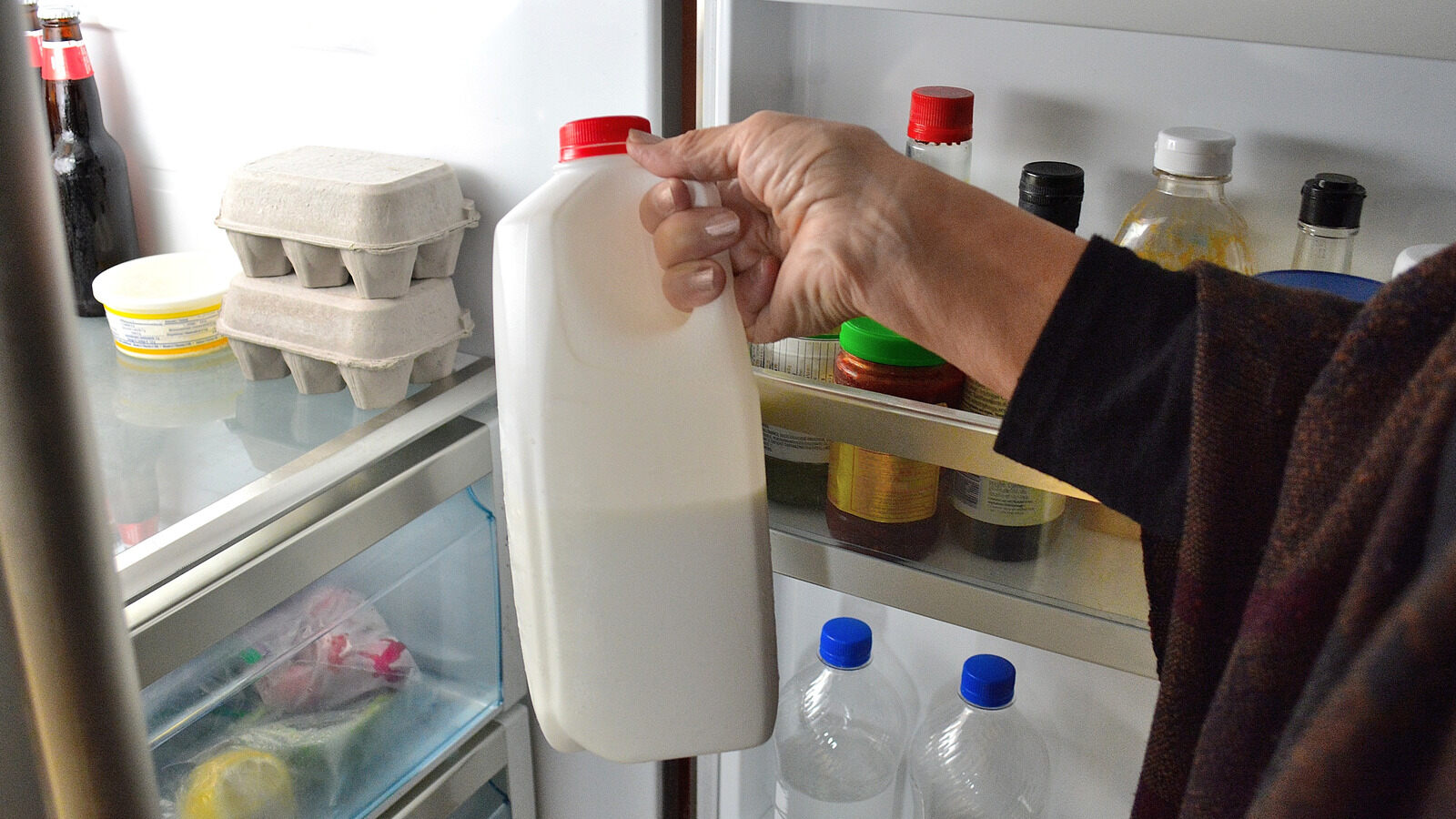
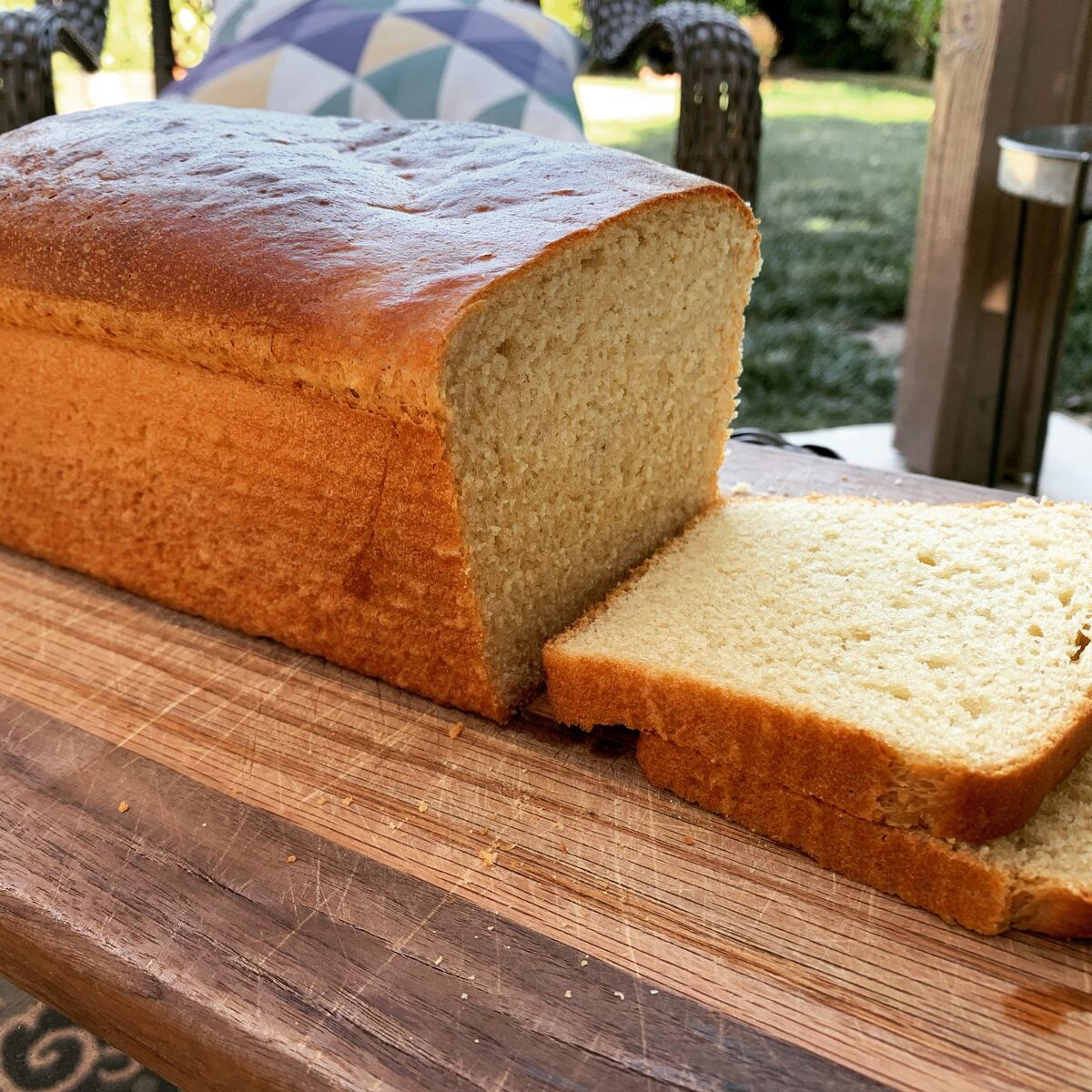
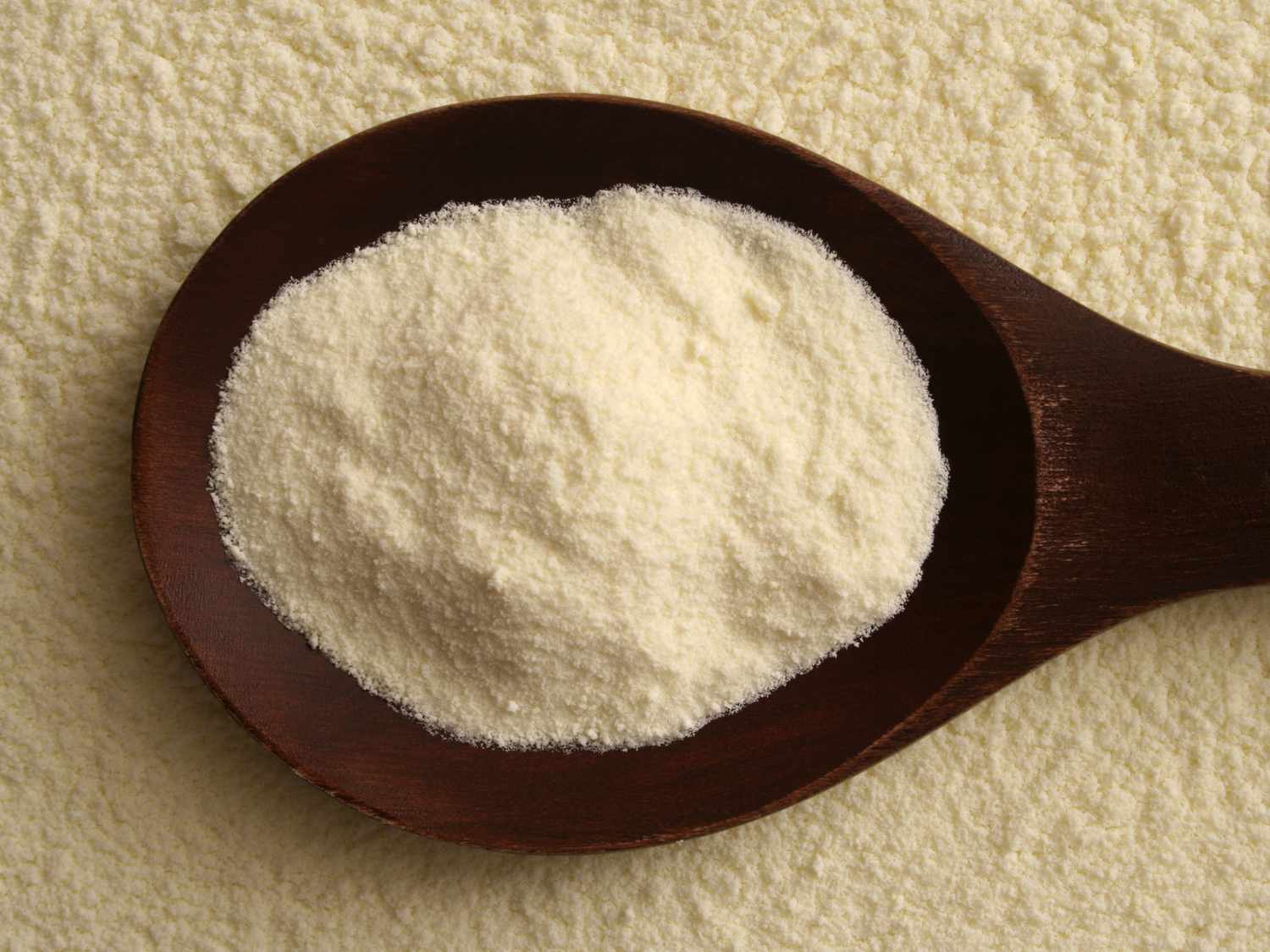
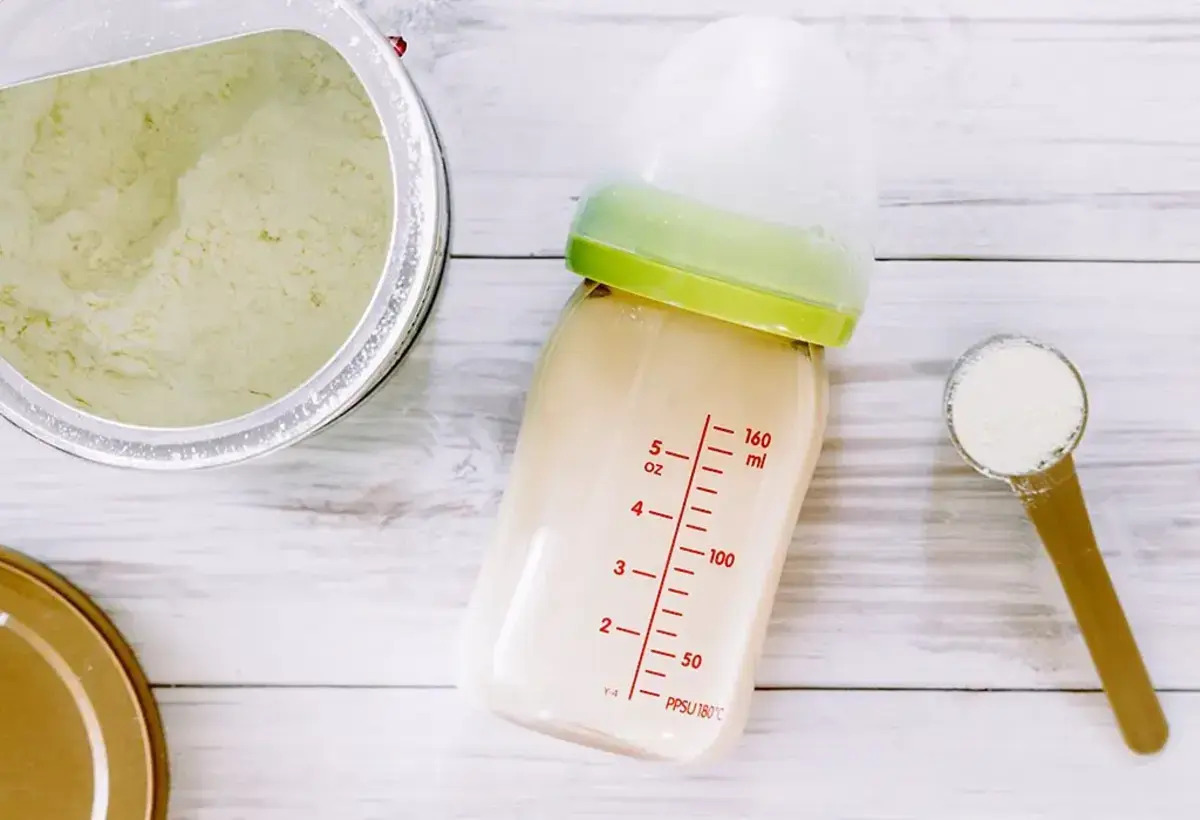
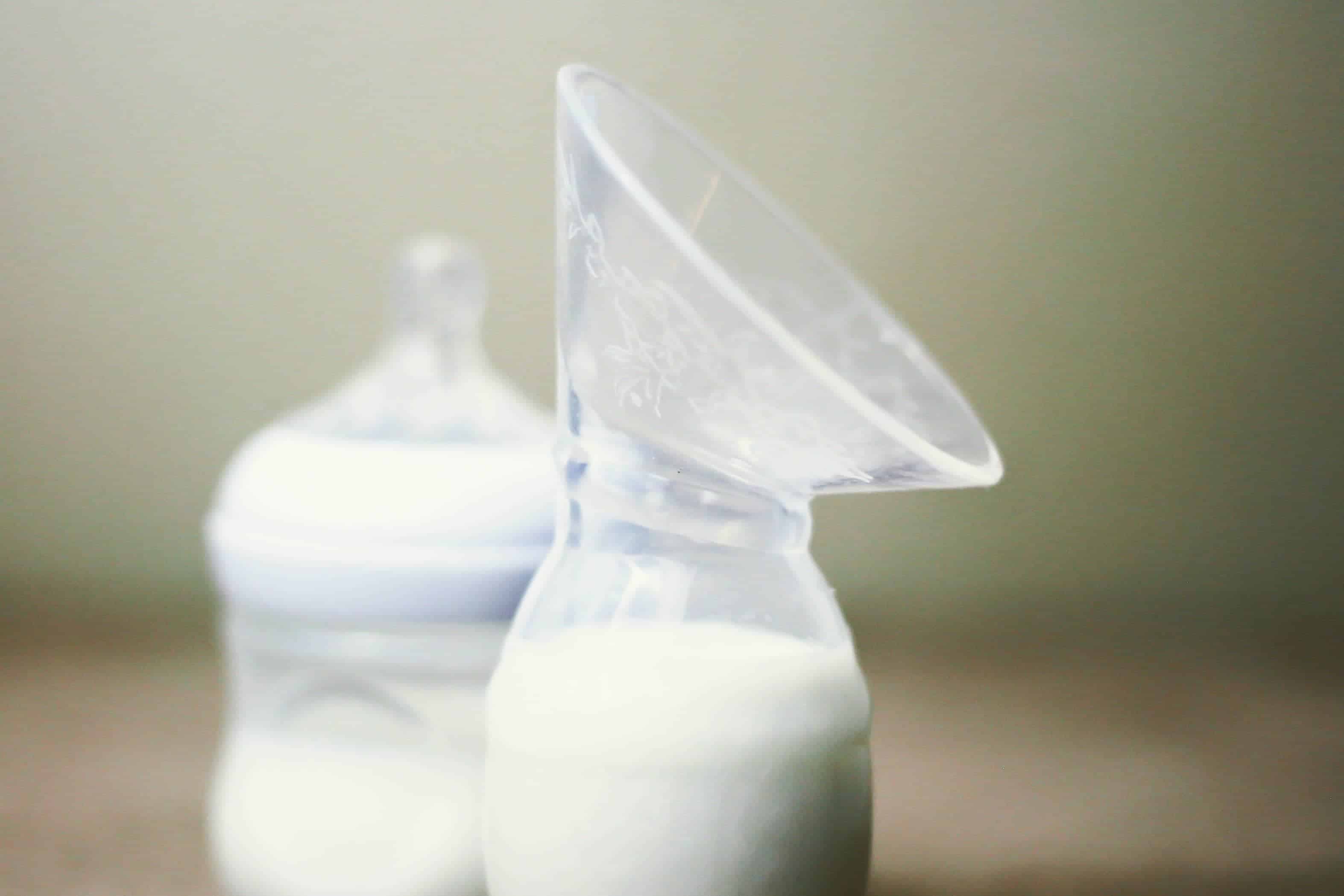
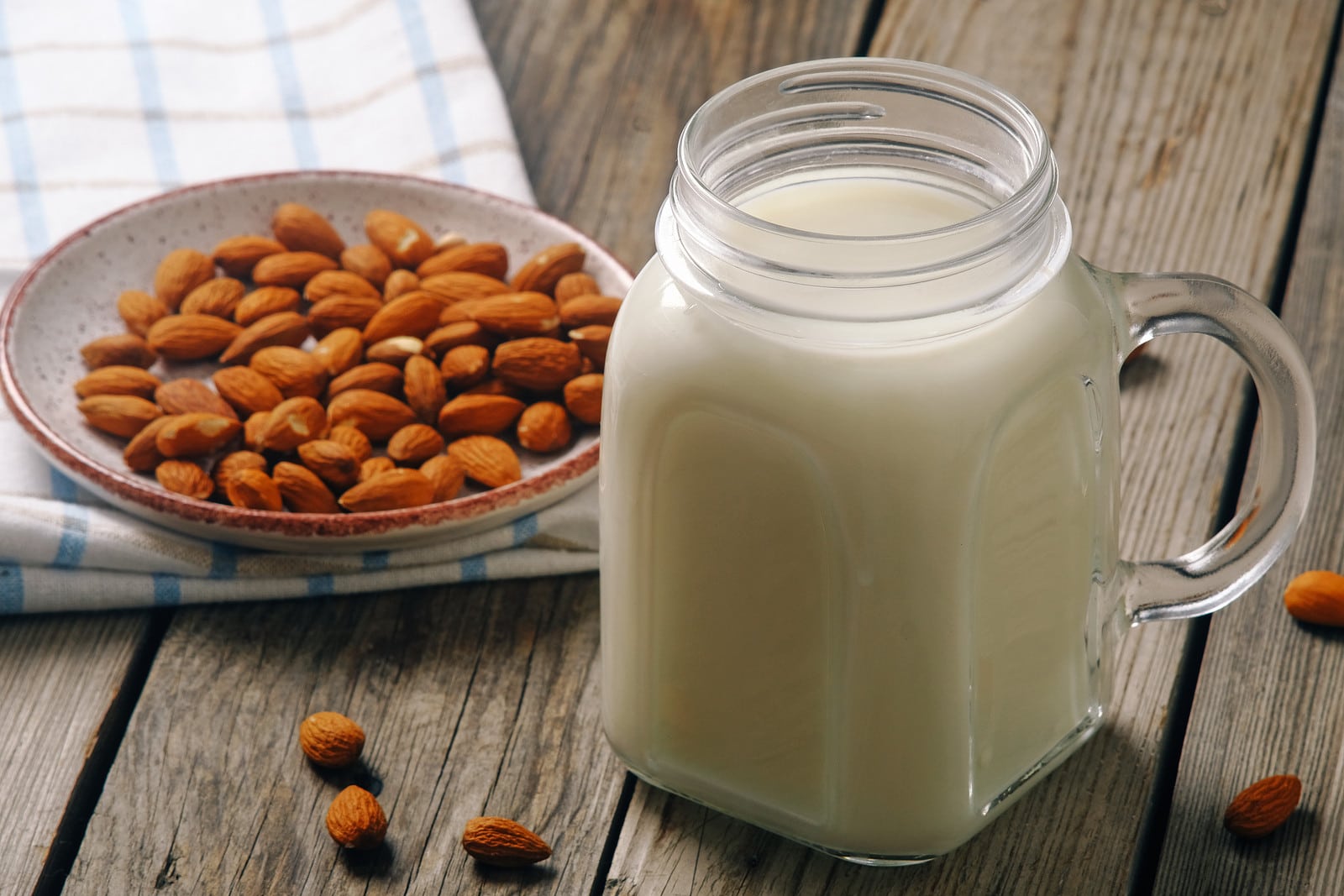
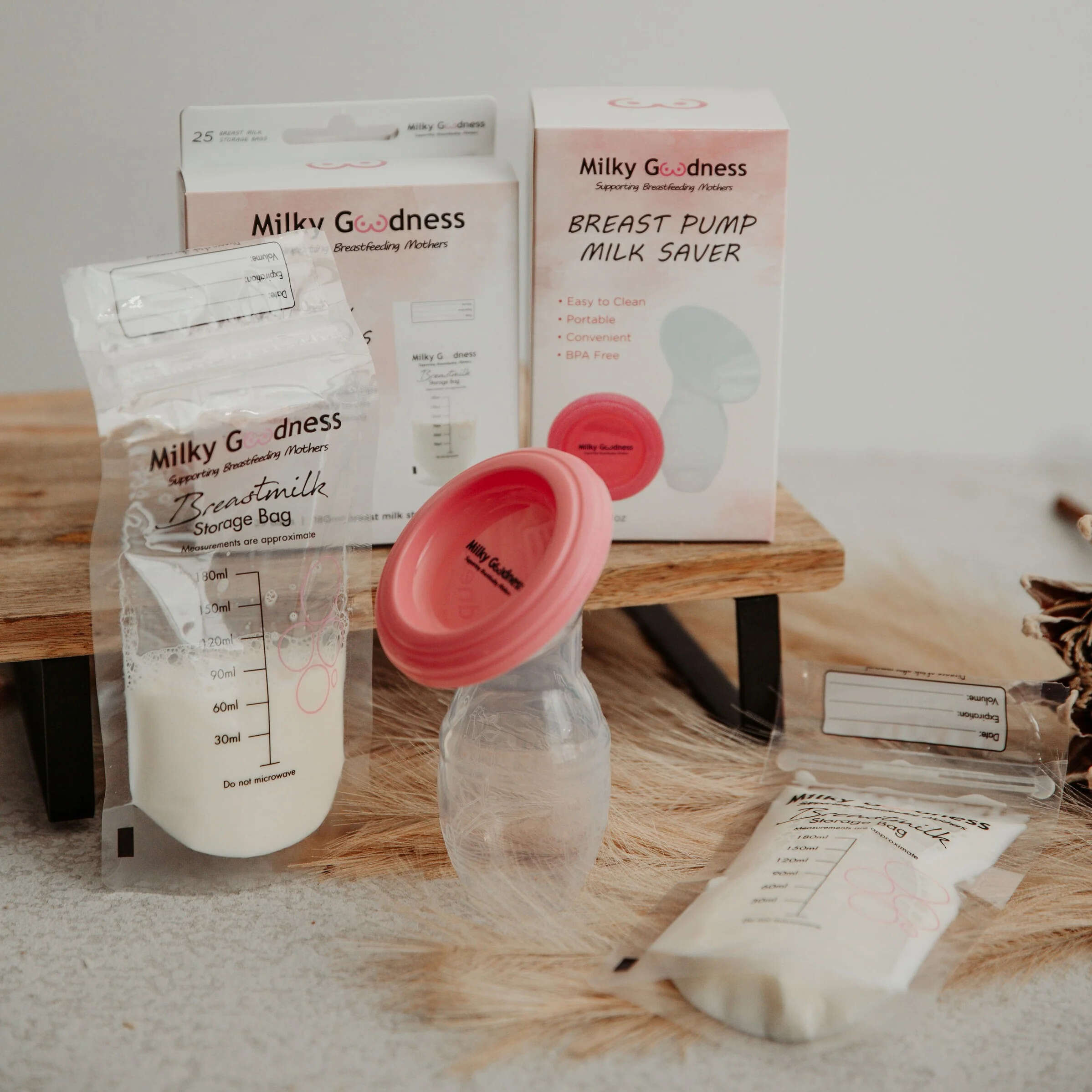
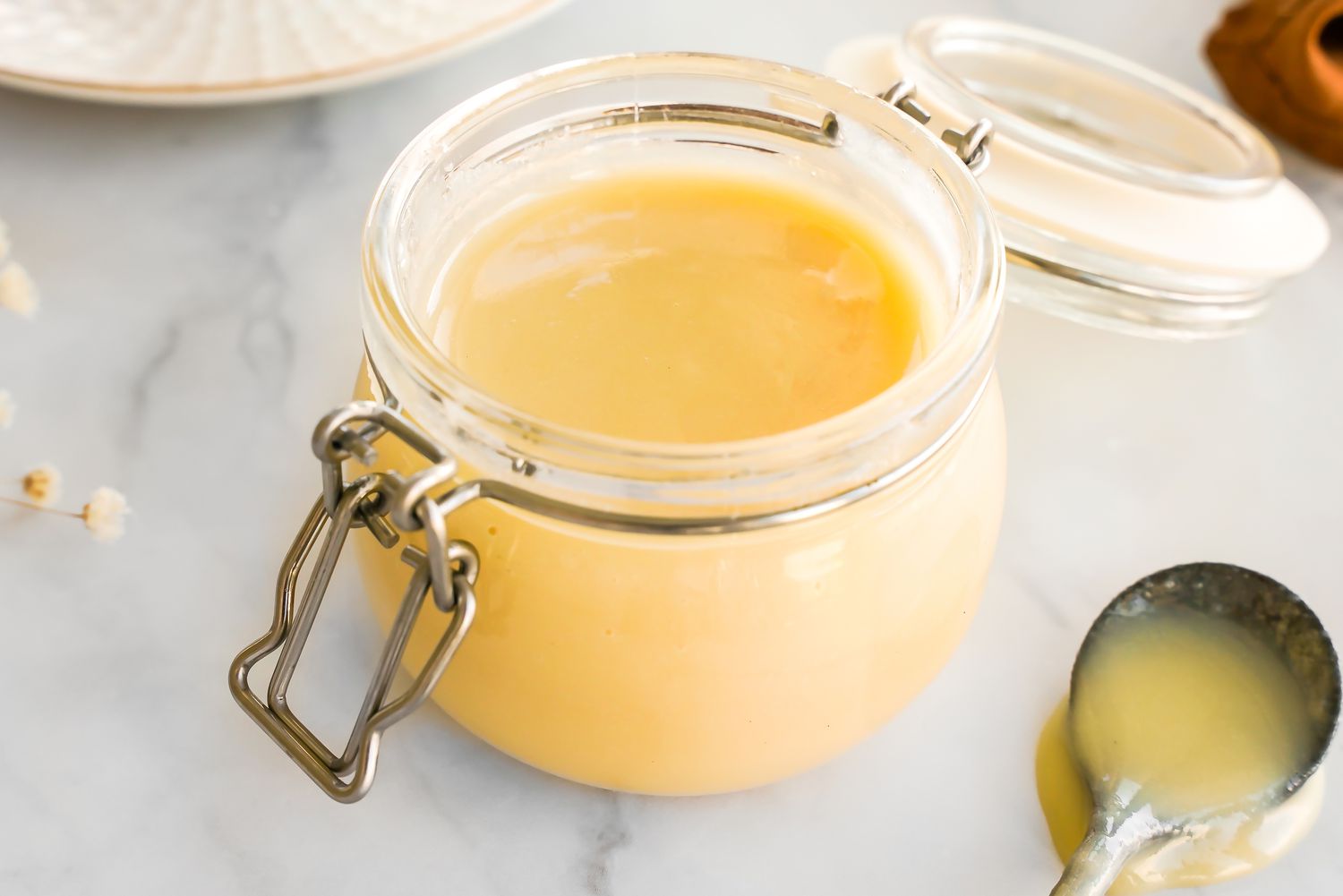
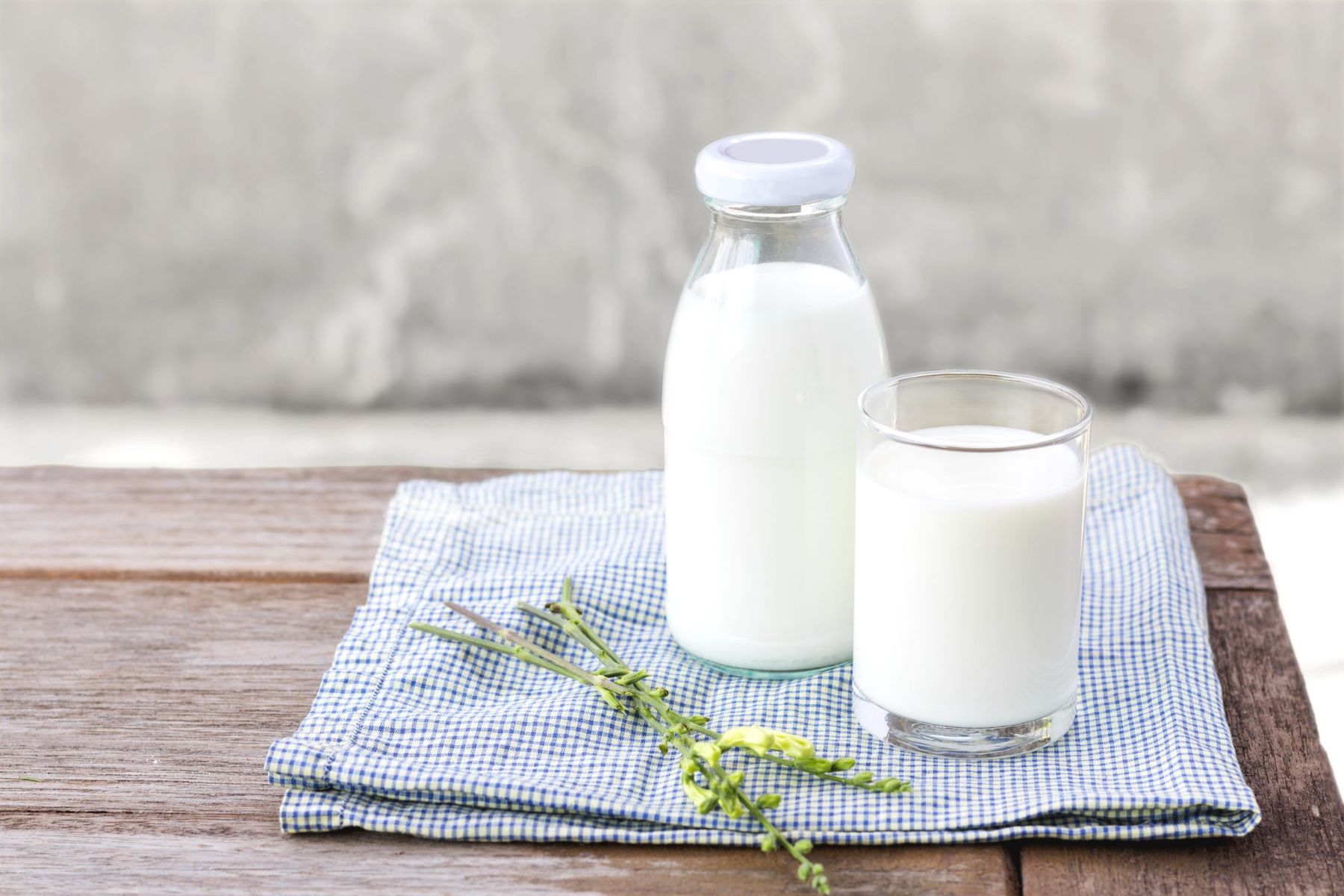
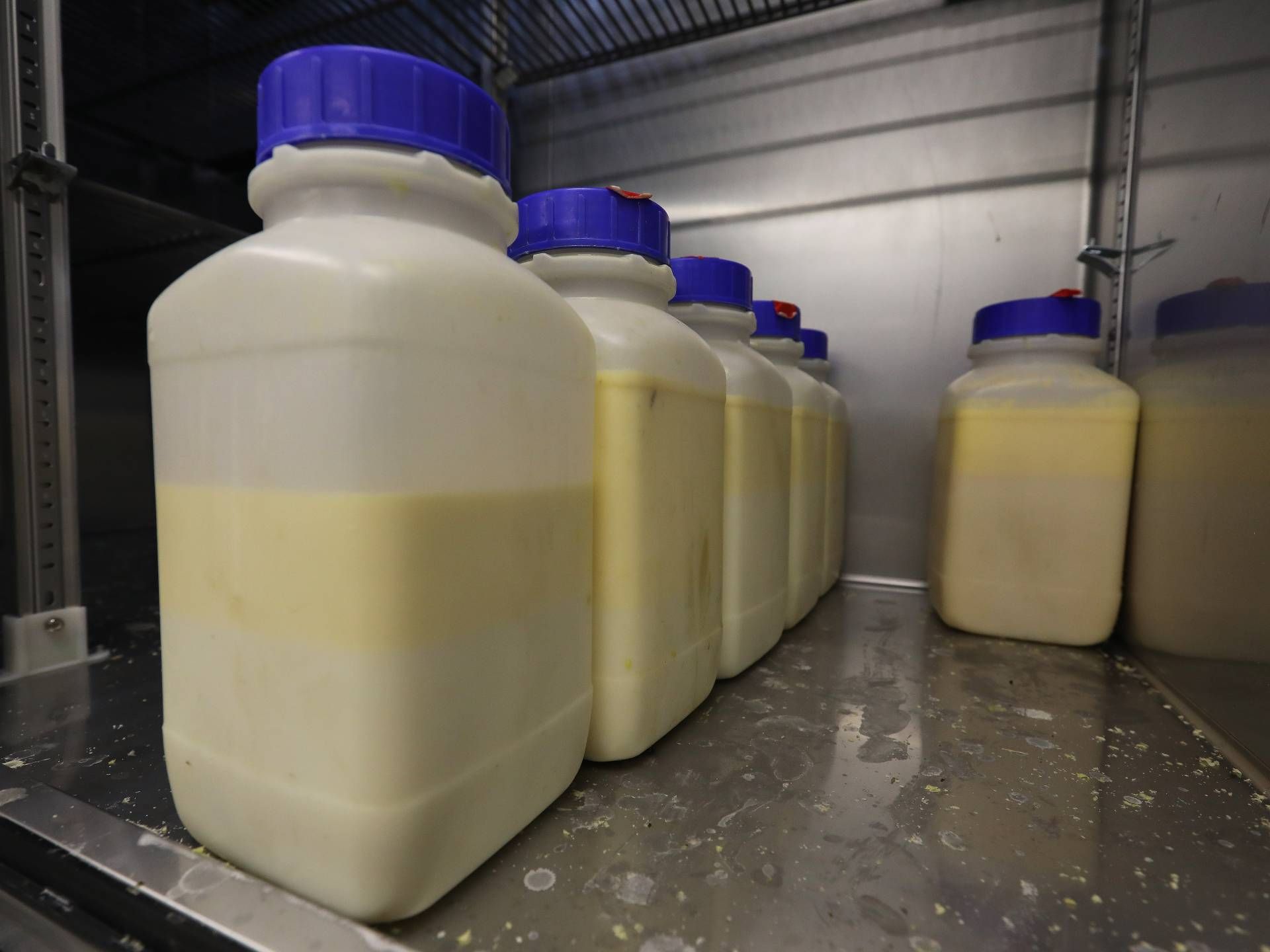
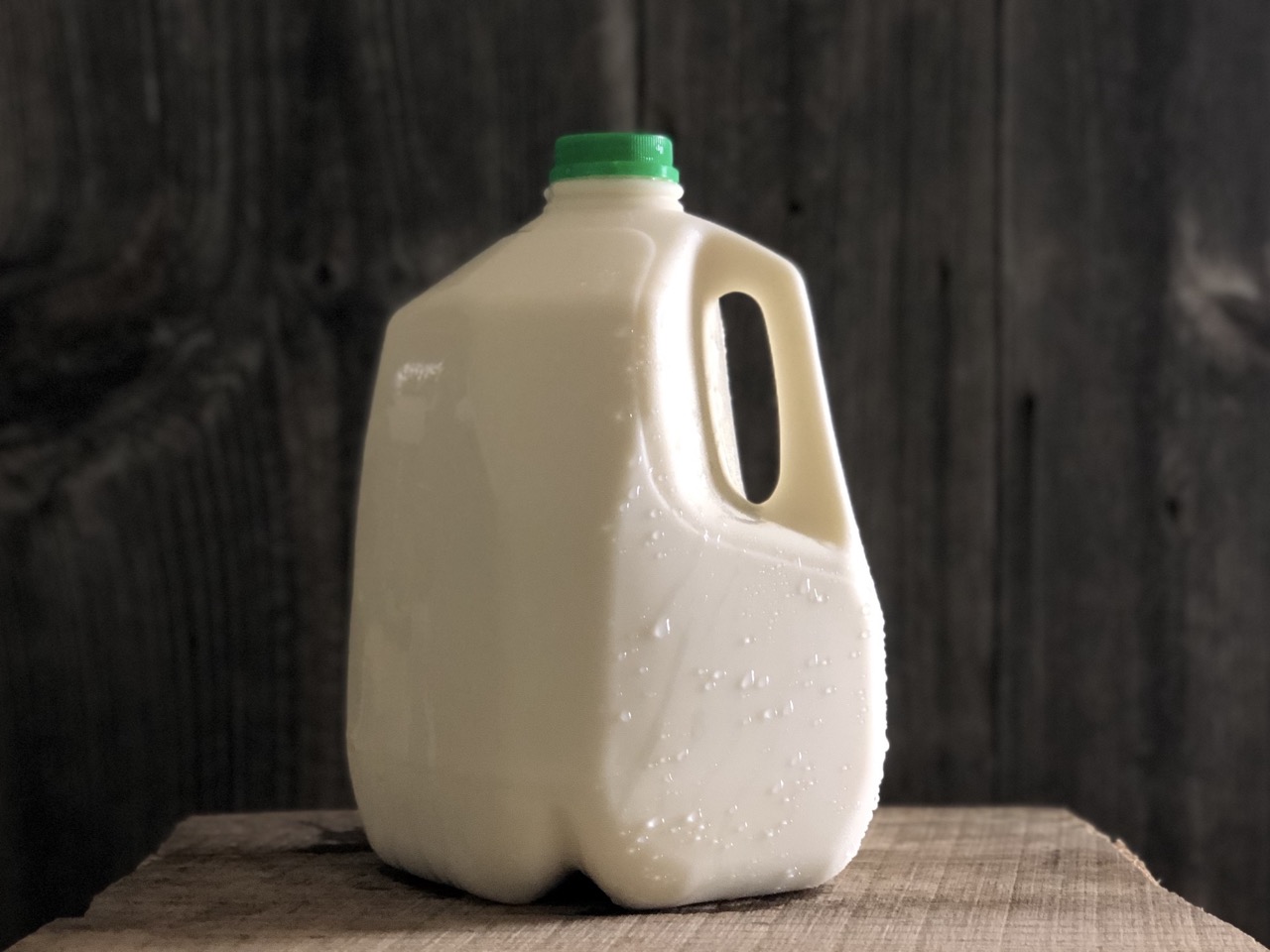
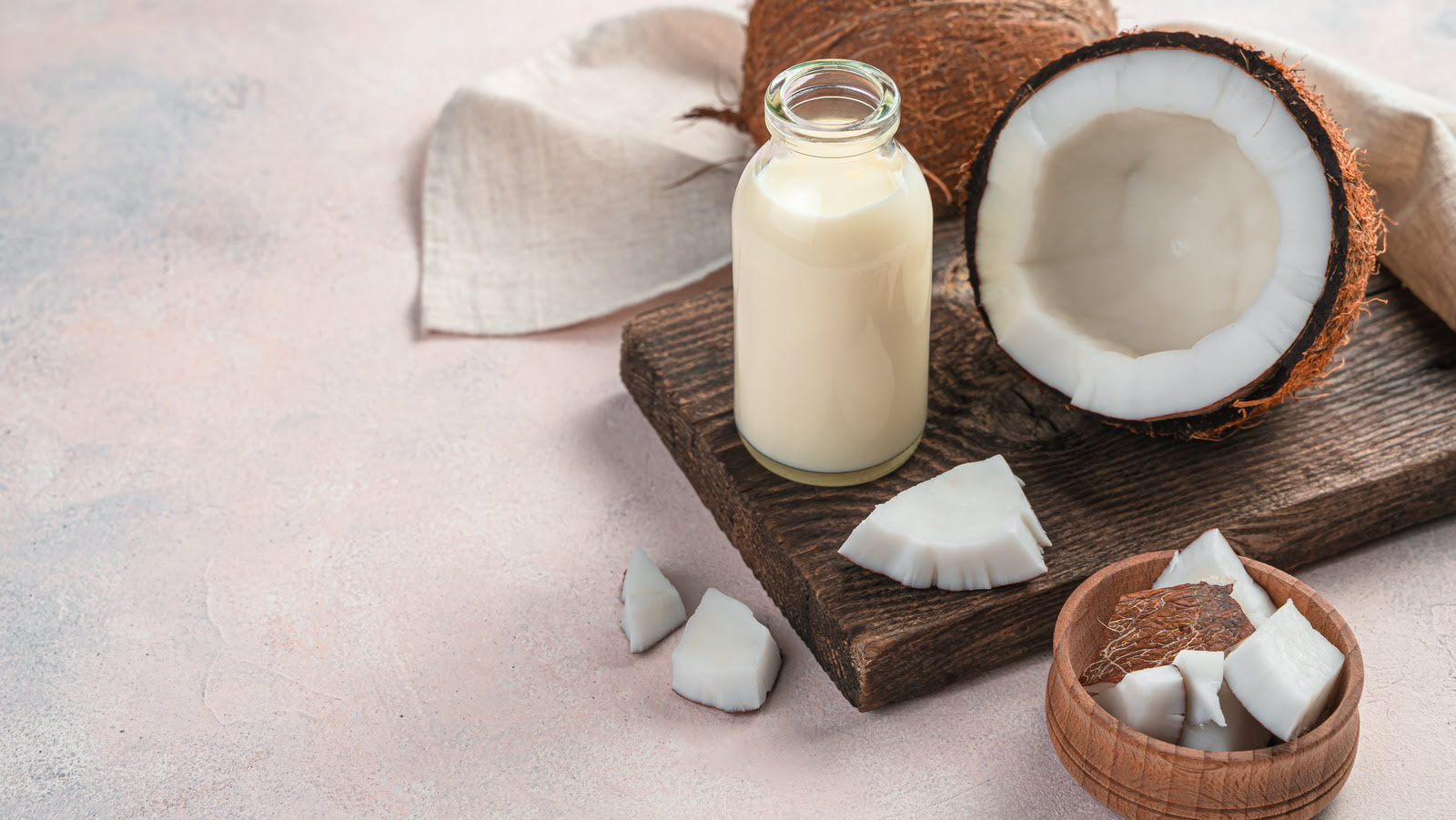
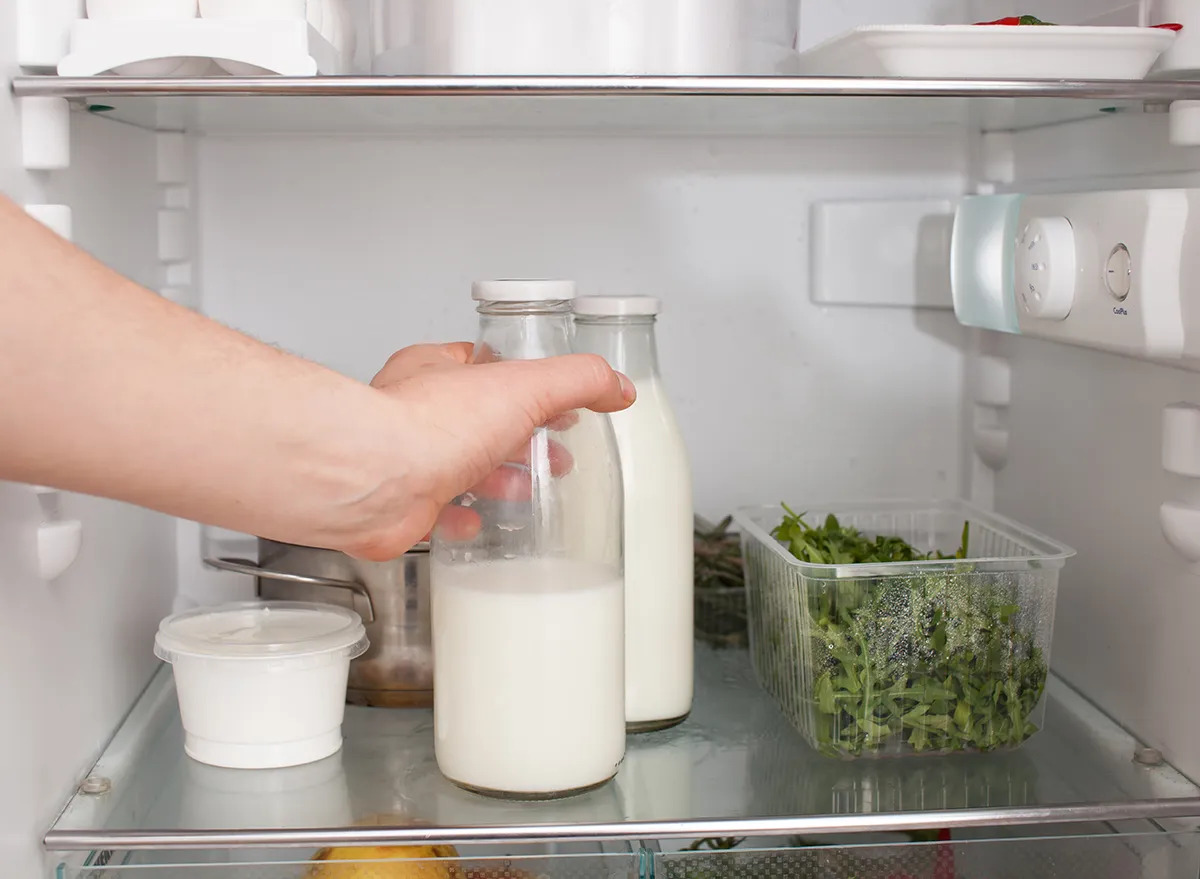

0 thoughts on “How To Store Dry Milk”